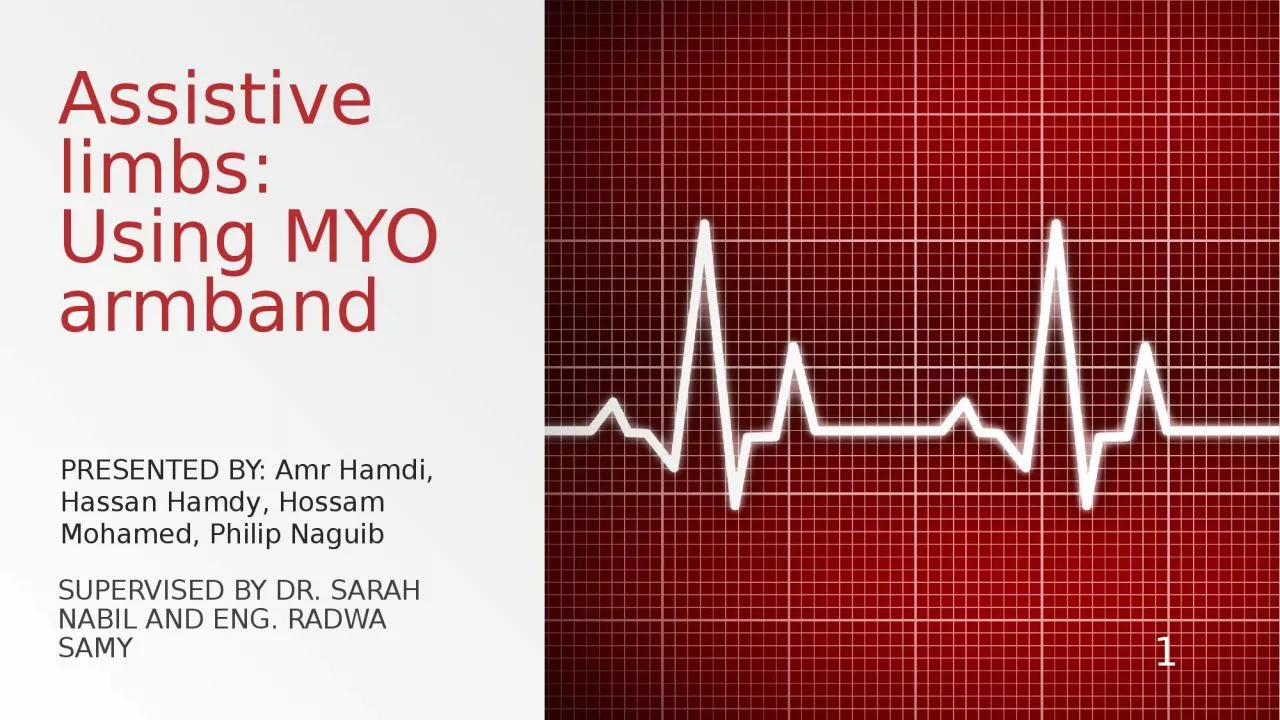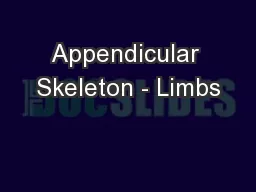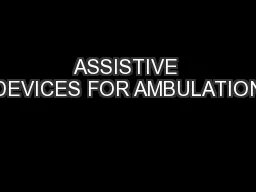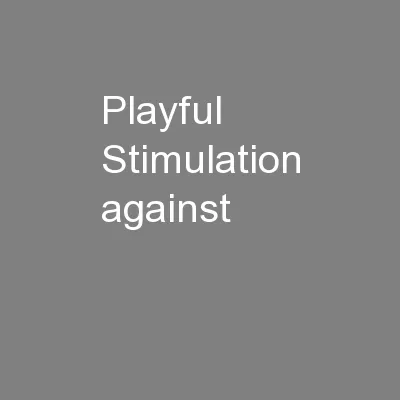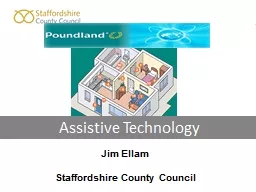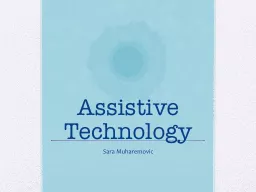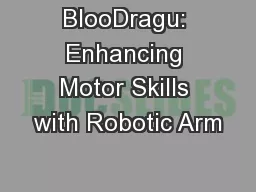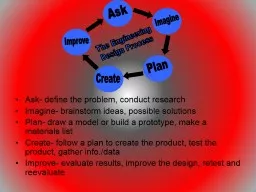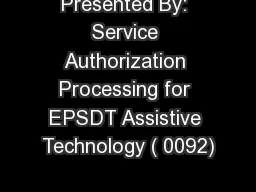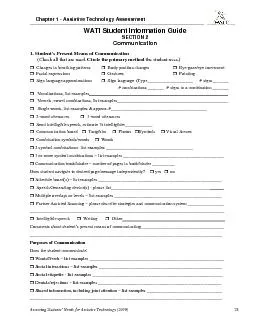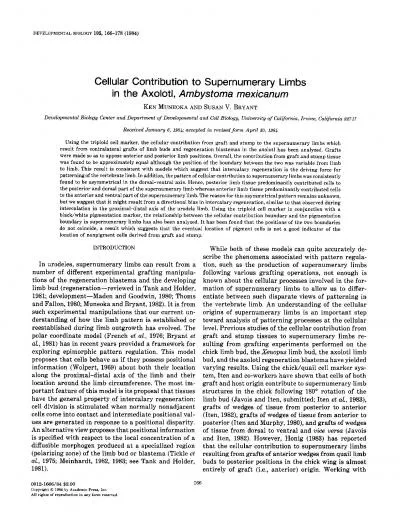PPT-Assistive limbs: Using MYO armband
Author : clara | Published Date : 2024-03-13
supervised by dr Sarah Nabil and Eng Radwa Samy PRESENTED BY Amr Hamdi Hassan Hamdy Hossam Mohamed Philip Naguib 1 Introduction 12 How do we control our bodies Approximately
Presentation Embed Code
Download Presentation
Download Presentation The PPT/PDF document "Assistive limbs: Using MYO armband" is the property of its rightful owner. Permission is granted to download and print the materials on this website for personal, non-commercial use only, and to display it on your personal computer provided you do not modify the materials and that you retain all copyright notices contained in the materials. By downloading content from our website, you accept the terms of this agreement.
Assistive limbs: Using MYO armband: Transcript
Download Rules Of Document
"Assistive limbs: Using MYO armband"The content belongs to its owner. You may download and print it for personal use, without modification, and keep all copyright notices. By downloading, you agree to these terms.
Related Documents

